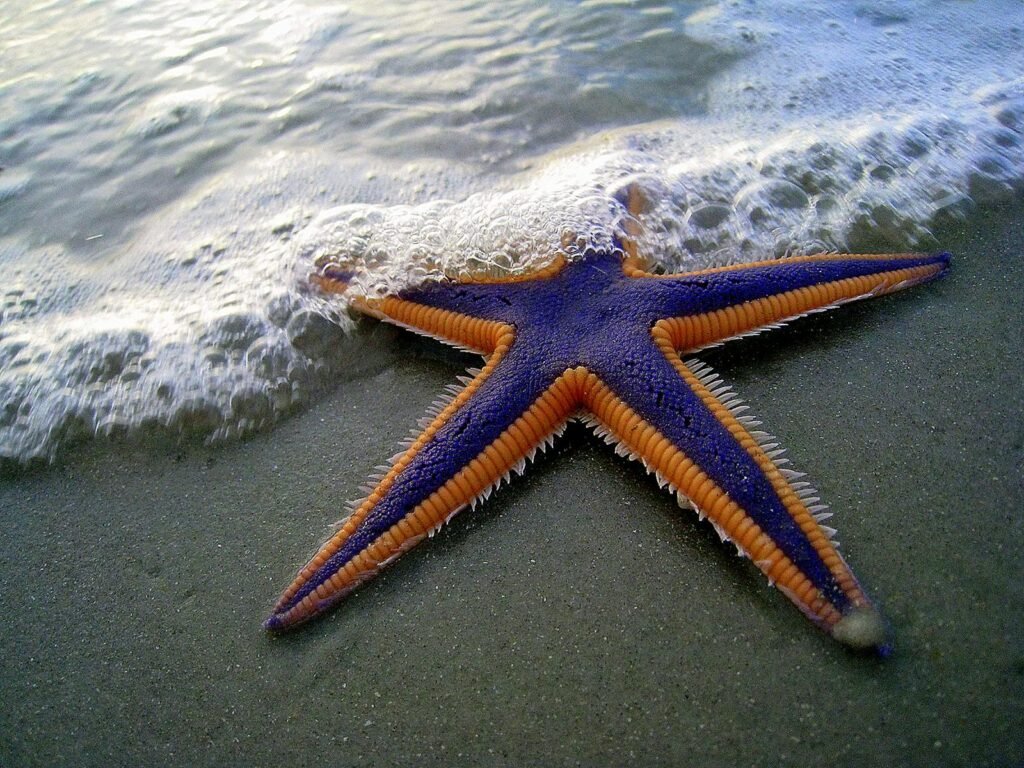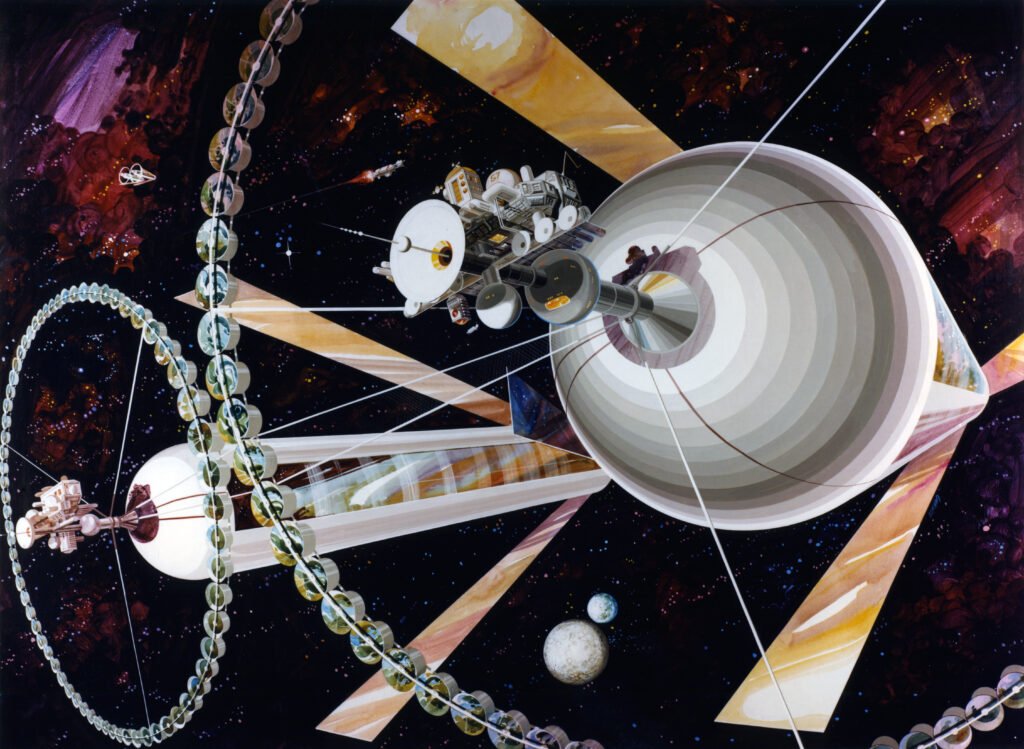Have you ever gazed at a starfish gliding across the ocean floor and thought, “That’s basically my distant cousin!”? Probably not. Yet, as wild as it sounds, you might share more with a starfish than the common cockroach scuttling under your kitchen sink. This isn’t just a quirky fact—it’s a scientific revelation that will make you rethink your place in the animal kingdom. Imagine tracing your family tree, only to find that delicate sea stars are closer relatives than some of the insects you see every day. This stunning connection is more than just DNA—it’s about the very blueprint of our bodies, a journey through evolution, and the surprising ways life is intertwined on our planet. Prepare to be amazed as we dive deep into the extraordinary ties between humans and starfish, and why cockroaches are further from us than you ever imagined.
What Makes Us All Animals?
To understand our connection to starfish, we first need to look at what makes something an animal. Animals are multicellular, meaning they’re made up of many cells working together. Unlike plants, animals can’t make their own food from sunlight—they need to eat. Animals also move, at least at some stage in their lives, and they have specialized tissues. From the tiniest ant to the largest whale, these basic features unite us. But within this great family, there are many branches, each with its own story to tell.
The Tree of Life: Following Our Branches
Imagine the tree of life as a massive family tree stretching back billions of years. Every living thing is a twig, and the bigger branches are groups like mammals, birds, insects, and sea stars. Humans, starfish, and cockroaches all share a distant ancestor if you go back far enough, but the direction each group took after that split makes all the difference. Some branches grew closer together, while others drifted apart. The closer your branch is to another, the more you have in common—and this is where things get interesting.
Deuterostomes: The Secret Club You Didn’t Know You Belonged To
Here’s where the science gets truly surprising: both humans and starfish are part of a group called deuterostomes. This group has a unique way of developing as embryos—the very first opening in the developing animal becomes the anus, not the mouth. It may sound strange, but this simple detail links humans, all other vertebrates, and echinoderms (like starfish and sea urchins) in a special evolutionary club. Cockroaches, on the other hand, belong to a completely different group called protostomes, where the first opening becomes the mouth. This embryological trick is a huge deal in the animal kingdom!
Backbones and Beyond: Shared Features with Starfish

You might be thinking, “But I have a backbone and starfish don’t!” True, starfish don’t have backbones, but they do have a unique internal skeleton made of tiny calcified plates, called ossicles. Both humans and starfish have complex internal structures, and these body plans are more similar to each other than to the hard exoskeletons of cockroaches. This similarity comes from our shared deuterostome ancestry, which shaped the way our bodies develop from the inside out.
Genetic Surprises: DNA Doesn’t Lie
Genetics is where the shocking truth hides. When scientists compare the DNA of humans, starfish, and cockroaches, they find that starfish share more genetic similarities with us than cockroaches do. Many of the genes that control early development and body patterning in humans are also found in starfish. For example, both have similar Hox genes, which act like architects for the body’s blueprint. Cockroaches, though still animals, branched off much earlier, so their genetic makeup is more distant.
Stars of the Sea: Echinoderm Wonders
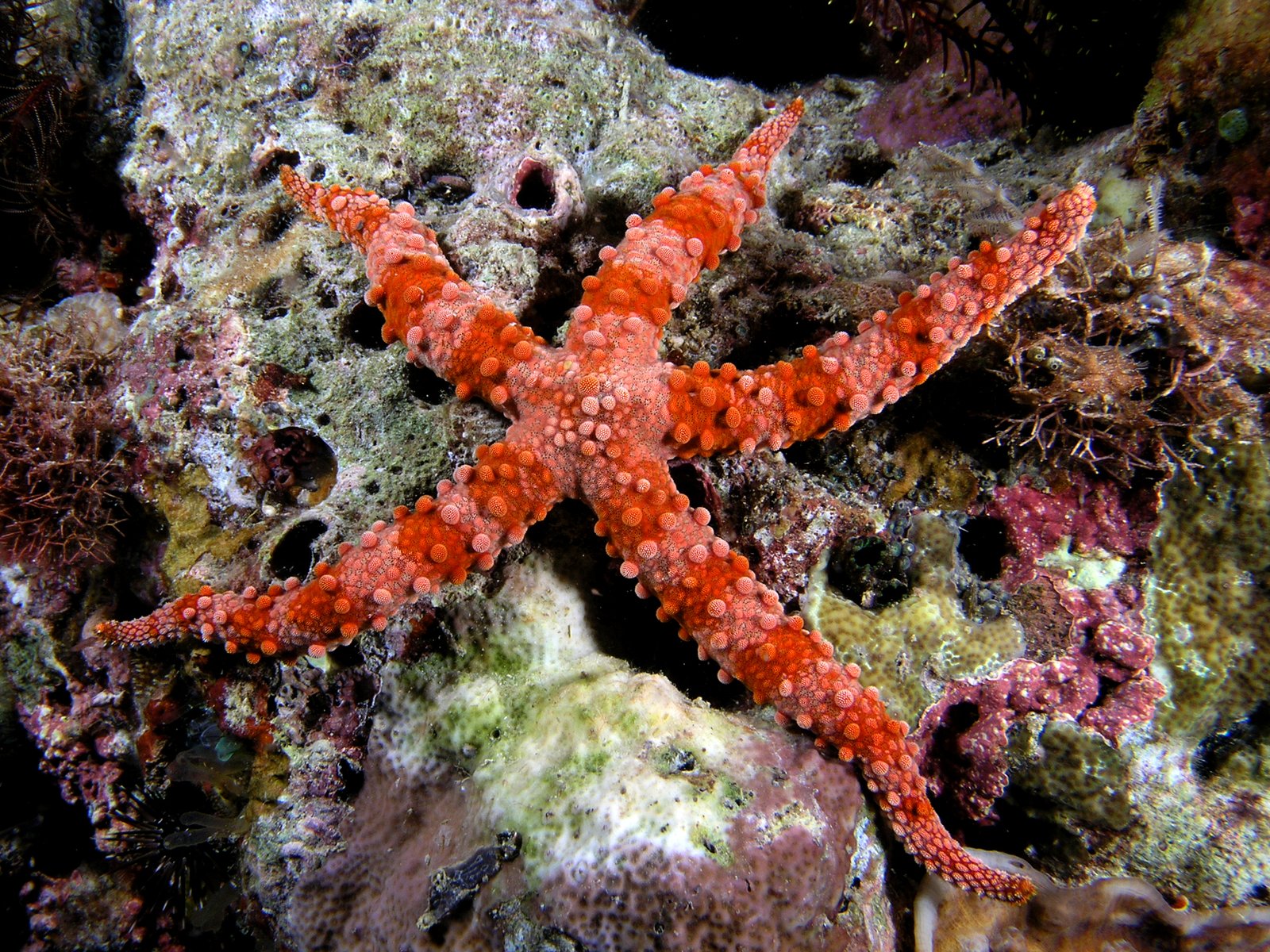
Starfish, or sea stars, belong to a group called echinoderms, which also includes sea urchins and sand dollars. They’re famous for their five-pointed symmetry, but their real magic lies in their unique water vascular system—a hydraulic network that helps them move and eat. While their lifestyles seem alien, their underlying biology connects them to us in ways cockroaches simply can’t claim. This connection makes starfish a living window into our own evolutionary past.
Cockroaches: Survivors, But Distant Relatives
Cockroaches are ancient survivors, having scuttled across the planet for over 300 million years. They belong to the arthropods, a group that includes insects, spiders, and crabs. This branch of the animal family tree split from ours long before the first fish swam in the sea. Their tough exoskeletons and jointed legs are marvels of evolution, but their body plans and genetics are far removed from ours. While they might invade your kitchen, they’re not even close on the evolutionary map compared to starfish.
Embryonic Evidence: How We Develop Tells the Story
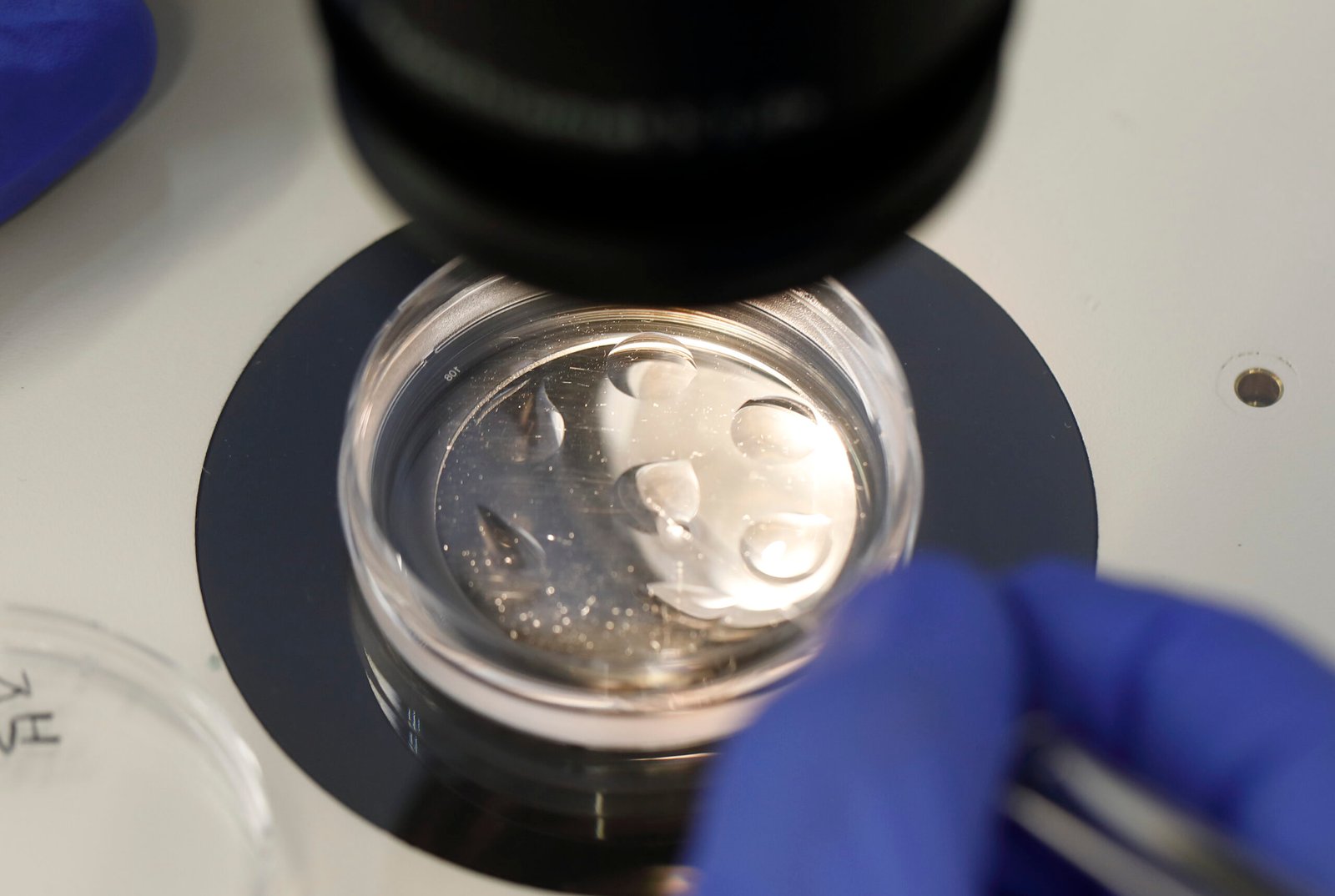
Let’s revisit those early days of life—the embryo. In both humans and starfish, the process of gastrulation (when the embryo folds in on itself) follows the deuterostome pattern. This means that from the very beginning, our bodies are programmed in a similar way. Cockroaches, being protostomes, have an opposite developmental sequence. These early steps shape everything that comes after, setting humans and starfish on a shared path that cockroaches never took.
Body Symmetry: More Than Meets the Eye
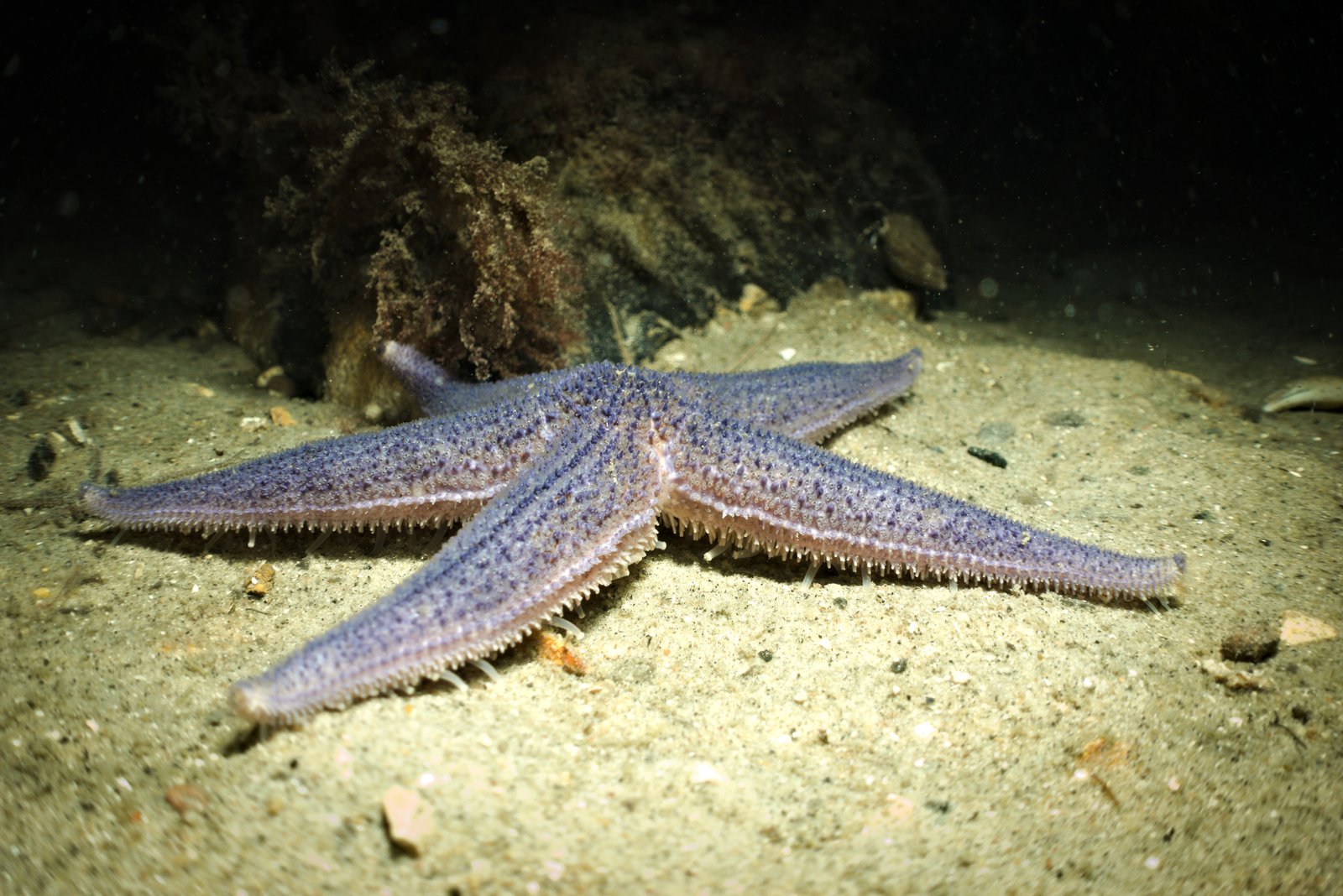
Starfish might look nothing like us, but both humans and starfish start life with bilateral symmetry—having a left and right side that mirror each other. Starfish later develop their famous five-armed radial symmetry, but their early embryo looks much like ours. Cockroaches, like most insects, keep their bilateral symmetry throughout life, but the way their body segments and organs are arranged is more distant from ours than you might expect.
Why This Matters: The Magic of Evolutionary Connections

Discovering that you’re closer to a starfish than a cockroach isn’t just a weird trivia fact—it changes how you see yourself and the world. It reminds us that the animal kingdom is a tangled web of relationships, full of strange and wonderful surprises. The next time you see a starfish, think about the silent story you share, written in the language of genes and shaped by millions of years. Isn’t it wild to imagine a creature so different on the outside, yet so connected deep within?

